Berkheya cirsiifolia
£6.45
An erect perennial with stout stems carrying clusters of large, bright-white, daisy-like flowers with a stunning golden-yellow centre over low rosettes of spiky, silver-grey leaves. Height 60cm. Spread 45cm. Flowers July to September. Full sun, well-drained soil. Attracts bees and butterflies. Hardy.
Description
Berkheya cirsiifolia is a hardy perennial known for its striking white daisy-like flowers with golden-yellow centres, which bloom from July to September. With its silvery-grey, spiky rosettes and impressive height of 60cm, this plant is ideal for garden borders or wildflower meadows. Follow this guide to ensure your Berkheya cirsiifolia thrives, offering visual interest and attracting pollinators such as bees and butterflies.
PLANTING and AFTERCARE GUIDE
Best Planting Time
- Spring Planting: The best time to plant Berkheya cirsiifolia is in spring, once the soil has warmed. This gives the plant ample time to establish its roots before the flowering season begins.
- Autumn Planting: Alternatively, planting in early autumn is ideal. This allows the roots to settle in before the plant enters its dormant phase, encouraging strong growth come spring.
Site Selection
- Sunlight: Berkheya cirsiifolia thrives in full sun. Choose a location that receives at least 6 hours of direct sunlight per day for optimal growth and vibrant blooms.
- Soil: Well-drained soil is essential for Berkheya cirsiifolia. Avoid overly moist or waterlogged areas as the plant does not tolerate such conditions. Add organic matter like compost to improve soil quality and ensure good drainage.
Planting Instructions
- Prepare the Planting Hole: Dig a hole that is twice the width and depth of the root ball to give the plant enough space for root expansion.
- Soil Preparation: Mix compost or well-rotted organic material into the soil to improve drainage and fertility. Berkheya cirsiifolia thrives in nutrient-rich, well-draining soil, so this step is vital for healthy growth.
- Planting: Place the plant in the hole, ensuring that the top of the root ball is level with the surrounding soil. Gently backfill the hole with soil and firm it to remove any air pockets.
- Watering: Water thoroughly after planting to help the roots settle and encourage early growth. Keep the soil moist during the first few weeks until the plant is established.
Watering Requirements
- Growing Season: Once established, Berkheya cirsiifolia is drought-tolerant. Water regularly during dry periods, but allow the soil to dry slightly between waterings. Avoid overwatering, as the plant is susceptible to root rot in overly moist soil.
- Dormant Period: In winter, reduce watering significantly. Berkheya cirsiifolia requires minimal moisture during dormancy, so only water if the soil becomes excessively dry.
Feeding
- Spring: Apply a balanced, slow-release fertiliser in early spring to encourage strong growth and vibrant flowers throughout the growing season.
- Mid-Season: A light feed in mid-summer can help support continuous flowering. Use a general-purpose fertiliser or one designed for perennials.
Pruning and Deadheading
- Deadheading: To prolong the flowering period of Berkheya cirsiifolia and maintain a tidy appearance, remove spent flowers regularly. This encourages further blooms and prevents the plant from becoming too leggy.
- Post-Bloom Pruning: After the last flowers have faded in late autumn, cut back the plant to ground level. This helps prepare it for the dormant period and encourages fresh growth in the spring.
Mulching
- Spring: Apply a layer of mulch around the base of Berkheya cirsiifolia in early spring. Mulch helps retain soil moisture, suppress weeds, and regulate soil temperature. Organic mulches like bark chips or compost work best.
- Winter Protection: In colder months, apply a thicker layer of mulch to protect the roots from frost. This helps prevent the ground from freezing and ensures the plant survives through winter.
Supporting Berkheya cirsiifolia
- Staking: Berkheya cirsiifolia generally has sturdy stems, but in particularly windy areas, staking may be necessary to keep the plant upright. Use a soft, breathable material like garden twine to avoid damaging the plant.
Final Tips
Berkheya cirsiifolia is a hardy, low-maintenance perennial that adds striking visual interest to gardens. By providing full sun, well-drained soil, and following the care guidelines outlined above, this plant will reward you with beautiful white flowers and golden-yellow centres from July to September. Incorporate Berkheya cirsiifolia into your garden for a pollinator-friendly addition that thrives with minimal attention, providing beauty and attracting bees and butterflies throughout the growing season.
Additional information
| Pot Size |
|---|



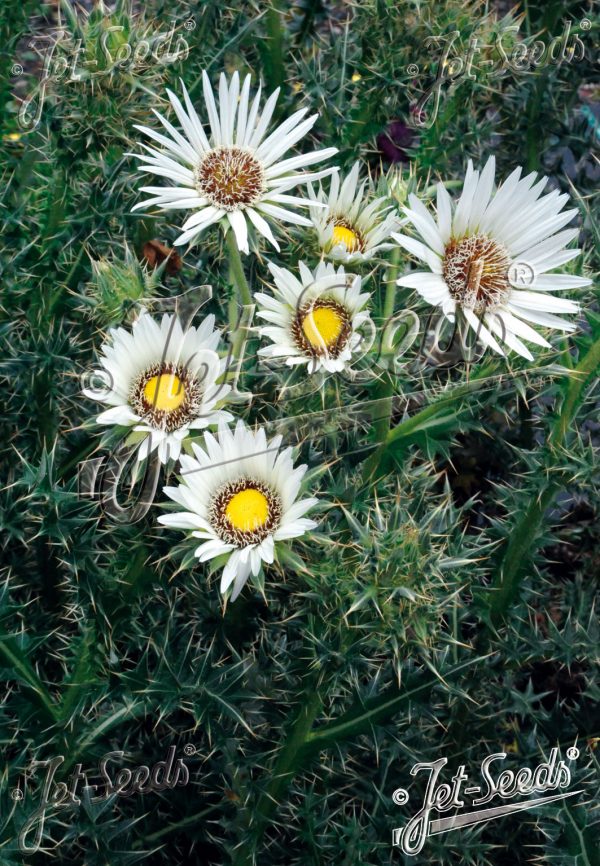
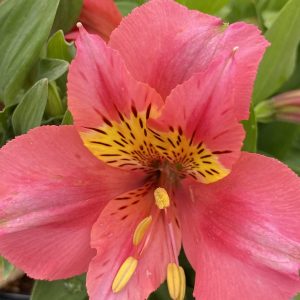
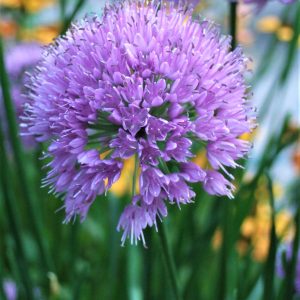
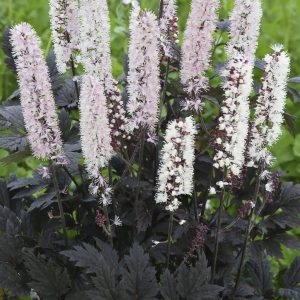
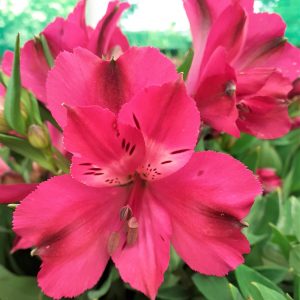
Reviews
There are no reviews yet.